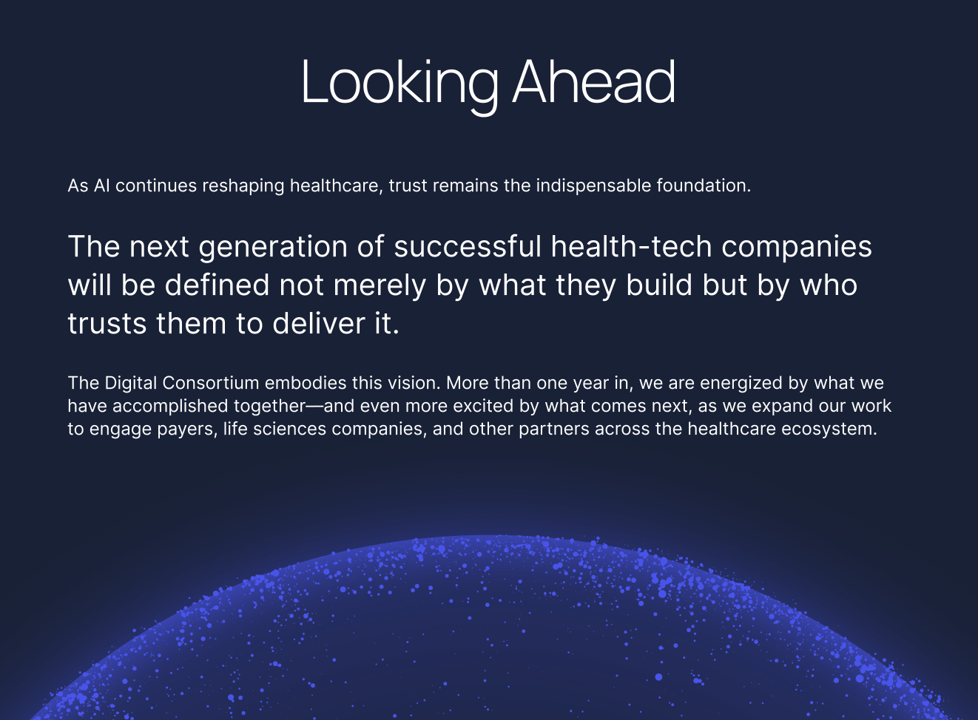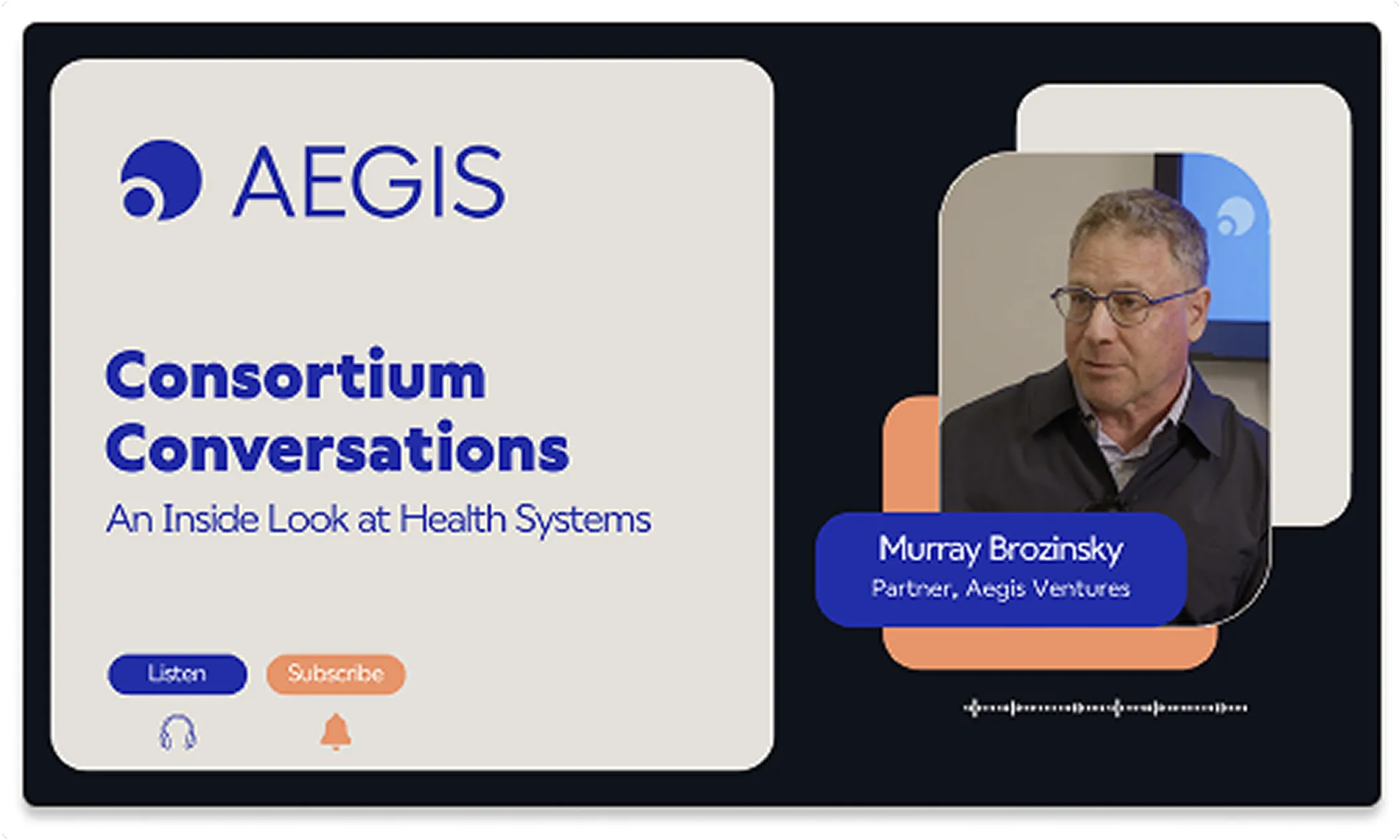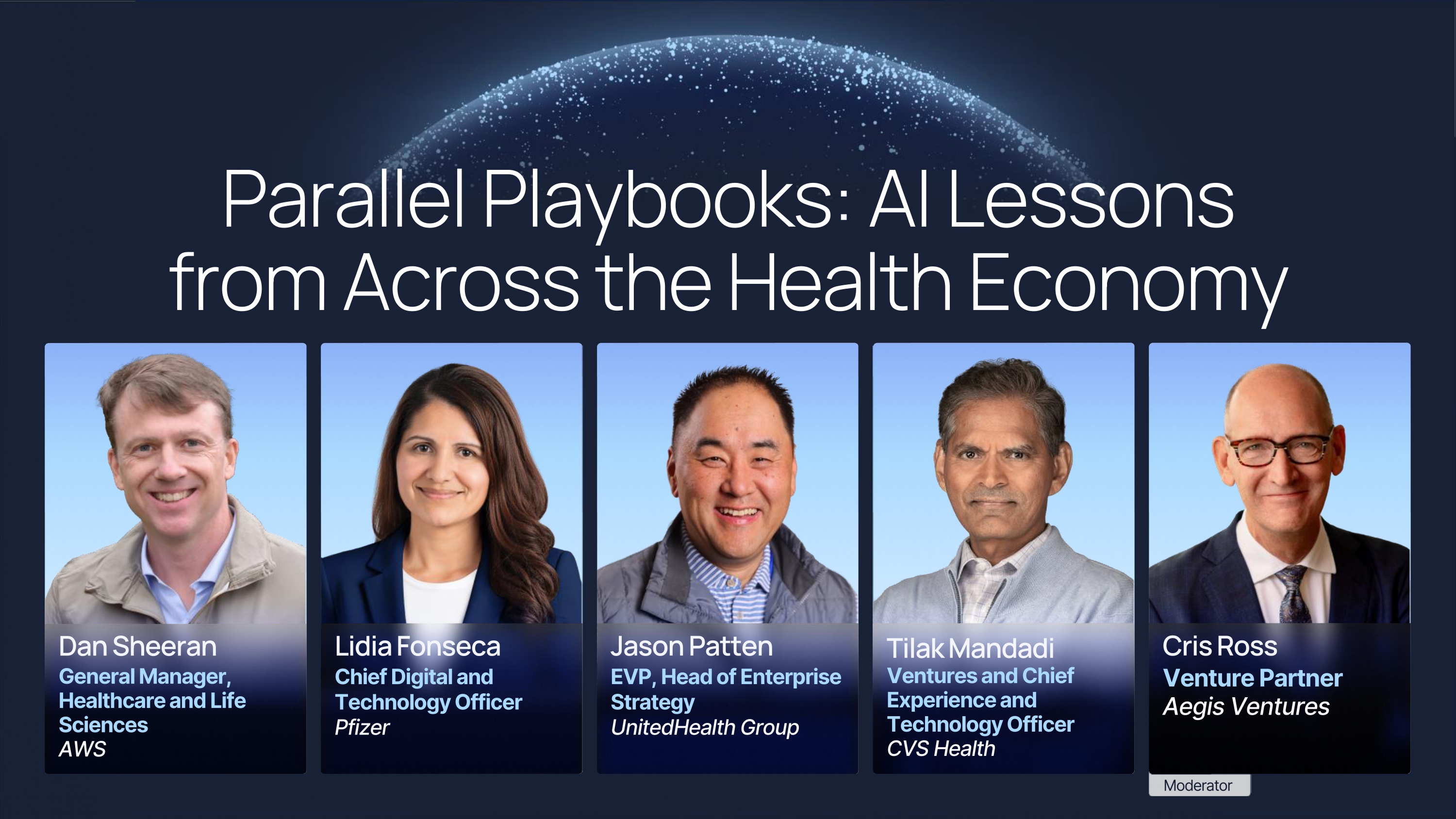As Code Gets Cheaper, Trust Becomes Priceless
Silicon Valley’s mantra to move fast and break things helped catalyze a generation of transformative companies.
But in healthcare, this ethos often clashes with the sacred oath to “first, do no harm.” For years, the tension between safety and speed has defined the uneasy relationship between healthcare institutions and new technology entrants.
In the early wave of digital health, many builders came from outside the system—technical founders “hacking healthcare” with the advantage of speed and engineering leverage. At a time when code was hard to write and products were slow to ship, these capabilities provided a real edge. Meanwhile, health systems—facing high technical, financial, and operational barriers—often struggled to build or adopt digital solutions at the same pace.
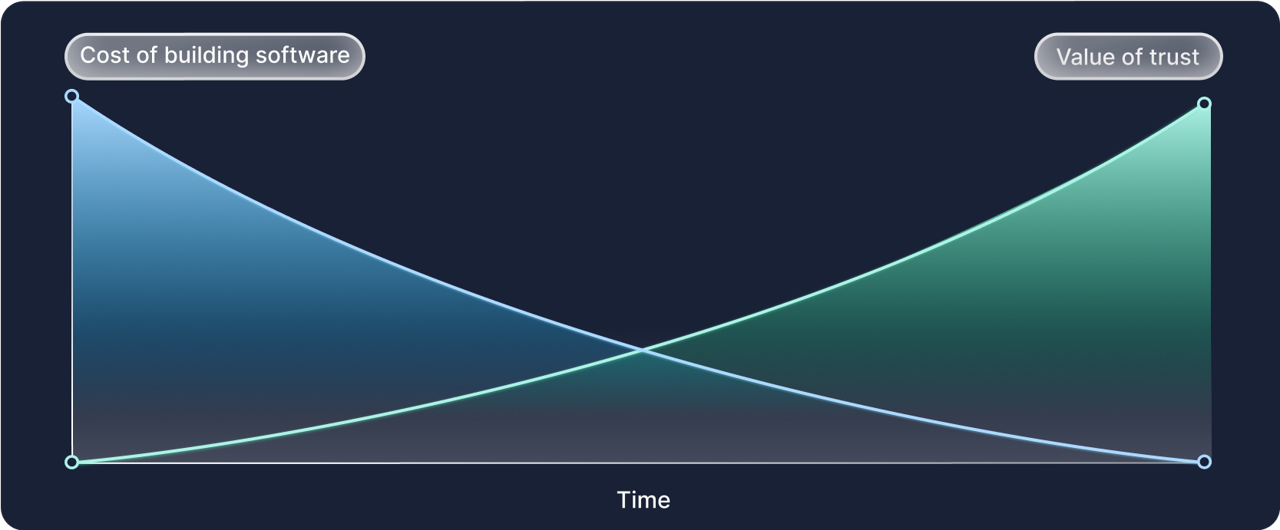
Some of these outsiders succeeded. But many stumbled. Over the past decade, we’ve seen a parade of high-profile attempts to import Silicon Valley’s playbook into healthcare—only to be met with friction, failure, or retreat. The historical record underscores this: despite healthcare representing 20% of U.S. GDP and a $5 trillion market, it has accounted for only 8%1 of all unicorns . The bottleneck has never been opportunity, but the unique structural hurdles of building trusted, scaled businesses in this domain.
Because in healthcare, the game is different—trust isn’t just a virtue, it’s infrastructure.
Today, the ground is shifting. The rise of generative AI is transforming not only what can be built, but who can build it. The cost of software is approaching zero, as AI models generate production-grade code, prototype full-stack applications, and drive faster iteration cycles.
Engineers are becoming exponentially more productive; 10x engineers can become 100x engineers, turbocharging productivity without requiring massive overhead. This shift expands who can build—and how quickly they can respond to real-world healthcare challenges.
AI is also rewriting the rules of scaling. Historically, blitz-scaling required significant capital investment, creating barriers to entry and restricting who could compete effectively. Now, leaner teams augmented by AI require far less capital to achieve scale, democratizing participation and making it feasible for incumbents and new entrants alike to innovate rapidly and efficiently.
AI makes code necessary but insufficient; trust is the scarcest resource.
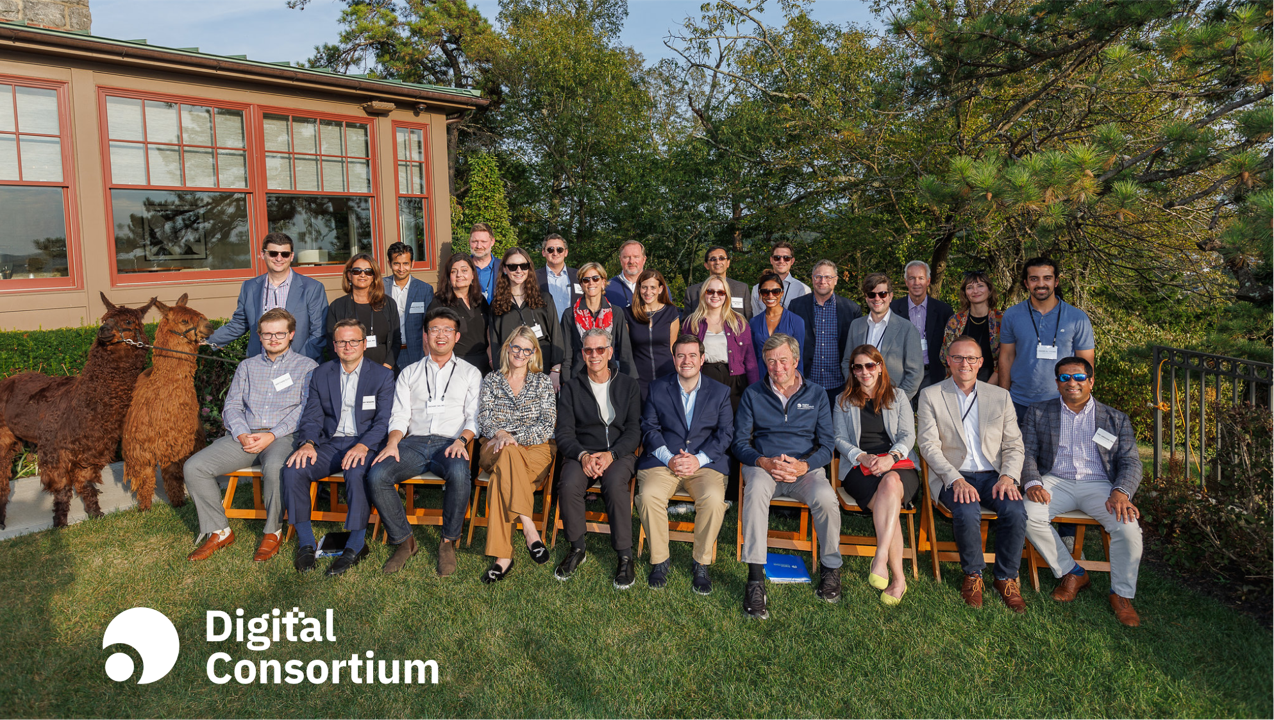
Trust is the Moat
We formed a Digital Consortium of leading health systems more than a year ago with this thesis in mind: in a world where the cost of building software approaches zero, health systems hold the most valuable assets—data, workflows, access to patients, and, most importantly, trust.
For us, trust in healthcare innovation is the confidence that new solutions will truly serve patients and clinicians, integrate into complex systems, and endure over time. It is built on the alignment of patients, clinicians, health systems, payers, life sciences, and entrepreneurs around solutions that are safe, reliable, and built to last. The Consortium harmonizes the tension between tech’s impulse to “move fast and break things” and healthcare’s sacred obligation to “do no harm”.

Our approach is built in close proximity to patients and care teams.
Many of our venture ideas have emerged not from isolated brainstorming, but from direct conversations with health system leaders. Their insights, pain points, and operational goals have directly shaped our investment themes and product strategy.
This collaborative model ensures ventures are not merely innovative but genuinely useful, seamlessly fitting into existing workflows and enhancing clinical and operational outcomes.
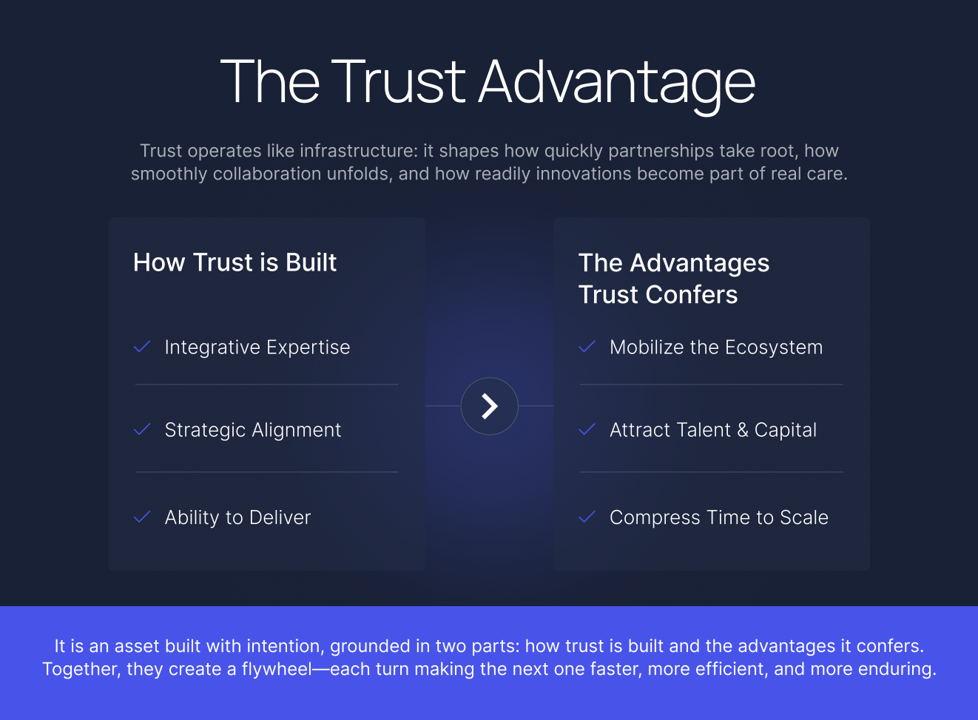

How Trust is Built
Integrative Expertise
In the early waves of digital health, it was possible for new entrants with limited healthcare experience to gain traction if they had a clear technical edge. Today, the value of genuine expertise has only grown.
In healthcare, deep knowledge bridges the gap between innovation and real-world adoption. Those who have spent years within the system understand its clinical priorities, operational realities, and structural constraints. At the same time, progress often depends on pairing that insider experience with interdisciplinary perspectives — including entrepreneurs and technical experts from outside the field who bring fresh ideas and capabilities. When these perspectives come together, and are matched with disciplined execution such as rigorous AI governance, they create the conditions for safe, effective, and operationally viable solutions. This integrative approach builds the confidence necessary to introduce new approaches into sensitive, high-stakes environments where trust is paramount.
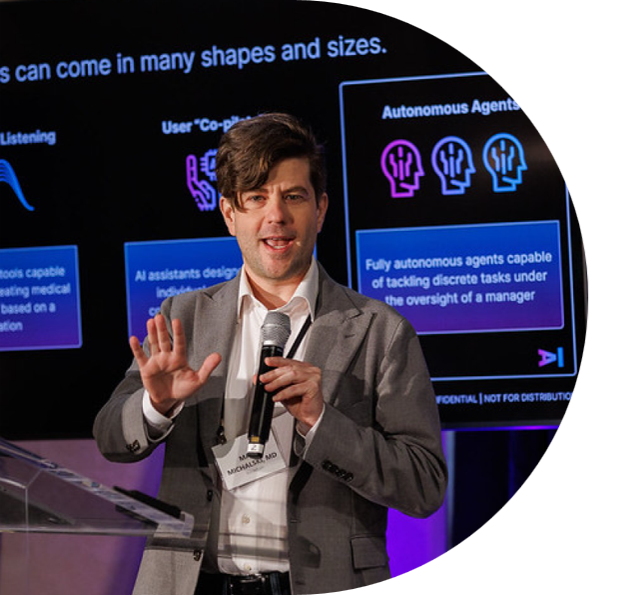
Strategic Alignment
Healthcare rewards endurance over opportunism. In an era where software can be built and deployed faster than ever, strategic organizations face more options than at any point in the past. That abundance raises the bar for who they choose to work with. They want partners who will be there for the long haul and not for short-term gain.
Embedded partnerships, grounded in shared risk and reward, align incentives over multi-year horizons and foster trust that deepens over time. This approach shifts the relationship from transactional vendor–client exchanges to true collaboration, where both sides are invested in solving the same problems.
When solutions are built with partners rather than for them, early champions emerge more naturally, procurement and integration move faster, and adoption is smoother. Co-development also produces higher-fidelity solutions that seamlessly into real workflows, address organizational realities, and are designed for long-term scalability and sustainability.
Ability to Deliver
In healthcare, nothing strengthens trust more than delivering meaningful results in real-world conditions. Demonstrating value in even a single area shows that a partner can work through the system’s complexity and achieve tangible outcomes. This “proof in practice” effect is especially powerful in a field where decisions carry high stakes and risk tolerance is low.
The bar for having a track record is rising. As incumbents harness AI to design, build, and deploy software more quickly, strategic organizations have more credible options than ever, from partners they already know and trust. In this environment, long-term partners who consistently deliver not only build confidence with customers but also signal reliability to investors.
Their history of execution becomes a form of capital—showing that they can navigate complexity, sustain performance, and continue to scale.
Each proven success lowers perceived risk, making it easier to green-light future initiatives, commit resources, and take on more ambitious challenges. Over time, this dynamic creates a platform for multi-domain collaboration: what begins as a single project can evolve into a portfolio spanning service lines, facilities, and use cases. With each cycle, trust compounds, impact scales, and the relationship becomes a durable engine for system-wide improvement.
The Advantages Trust Confers
Mobilize the Ecosystem
Trust creates the conditions for alignment among stakeholders who often operate on different timelines, priorities, and incentives. It makes it possible to bring together health systems, life sciences organizations, payers, and other partners around shared goals that no single entity could achieve alone.
These collaborations can take many forms such as data collaborations or multi-organization implementations.
The value lies in creating credible, well-governed forums where incentives are clear, participation feels worthwhile, and collaboration can move from concept to execution.
When trust underpins these efforts, it not only enables individual projects to succeed but also strengthens the broader environment in which healthcare innovation takes place.
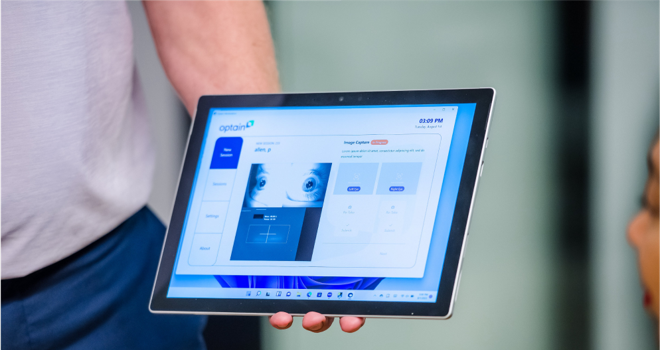
Attract Talent & Capital
Mission-driven founders and top technical talent gravitate toward environments where their work can make a tangible difference and gain traction quickly. Trust plays a decisive role in that choice. When an organization has a reputation for delivering results and maintaining strong relationships, it removes much of the early friction, from finding the right users to securing pilots to proving value at scale.
The same dynamic draws in aligned capital. Investors look for de-risked opportunities backed by real-world evidence and a clear path to market adoption. Trust signals that those conditions exist, concentrating both talent and resources around the most promising ideas. Over time, this concentration creates a compounding effect: great people and committed capital fuel stronger solutions, which in turn reinforce the trust that attracts them.
Compress Time to Scale
Trust compresses long, complex sales cycles in healthcare by mitigating the scrutiny and skepticism that slow new entrants. When stakeholders have confidence in a partner’s track record, early adoption decisions are easier to make.
Trust also eases the shift from agreement to execution. Frontline teams are more willing to pilot new workflows when they believe in the reliability and intentions of the partner behind them.
Integration teams engage earlier and collaborate more closely, which accelerates configuration, testing, and rollout. The result is a smoother path from prototype to scaled deployment—one where time-to-value is shortened, and the risks of stalled or abandoned initiatives are reduced.
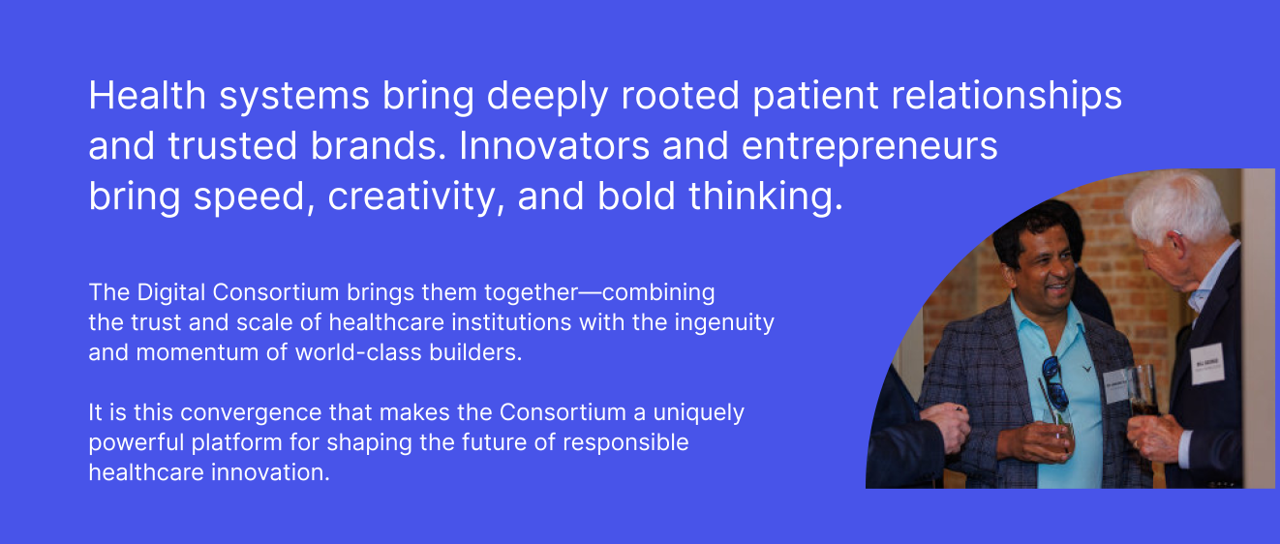
The Digital Consortium in Action

This isn’t just theory—it’s a model we’ve built and proven through the Digital Consortium. Trust, for us, starts with lived experience. Our core team and strategic advisors have collectively held roles within nearly 30 health systems, spanning front-line clinical roles, executive leadership, and board governance. We listen deeply, not only to healthcare leaders shaping policy and strategy, but also to the front-line clinicians and staff who experience system challenges every day.
This depth of perspective gives us firsthand insight into the constraints, incentives, and complexities health systems face—and it grounds every company we build in practical understanding, not abstraction. We don’t just study the pain points; we’ve lived them.
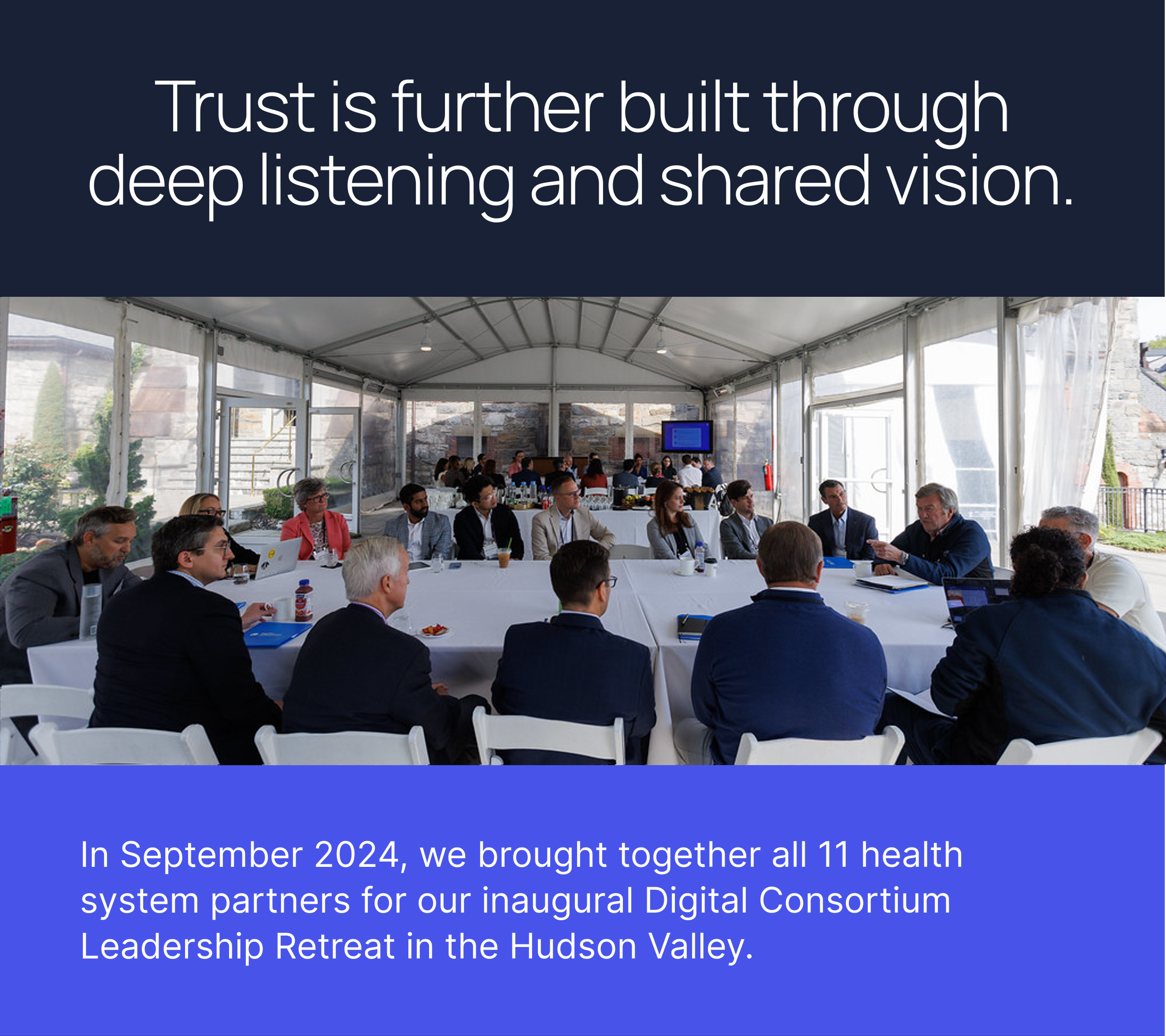
The purpose was clear: to identify shared challenges, set a collective vision, and establish relationships rooted in transparency and trust.
Since then, we’ve continued to deepen this engagement through a series of on-site workshops across our partner systems—bringing together clinical, operational, financial, and technology leaders to collaboratively surface their most urgent problems. These conversations form the foundation of our co-development process.
With that foundation in place, we’re able to move quickly and intentionally. On the back of these insights, our teams rapidly prototype solutions and test them with real users before investing in scale.
This not only shortens the time to market, it reduces friction in early adoption—ensuring that we’re not just building for health systems, but building with them. By validating demand before scaling up, we make better bets, eliminate waste, and stay closely aligned with the environments in which our companies will operate.
The results of this model speak for themselves. Four out of five of our companies have progressed from seed to Series A and beyond—significantly outperforming industry seed-to-A graduation rates.
Our multiples on invested capital meaningfully exceed top decile benchmarks for comparable fund vintages, and we’ve already generated considerable distributions that are being reinvested into new company creation.
This creates a flywheel: returns fund more innovation, which builds more trust, which attracts more partners. And the upside is shared—health systems benefit not only from deploying transformative technology, but also from investment returns.
Meanwhile, venture capital partners benefit from our de-risked pipeline and health system buy-in. None of this is possible without trust. It is the foundation—and the multiplier—of our entire model.
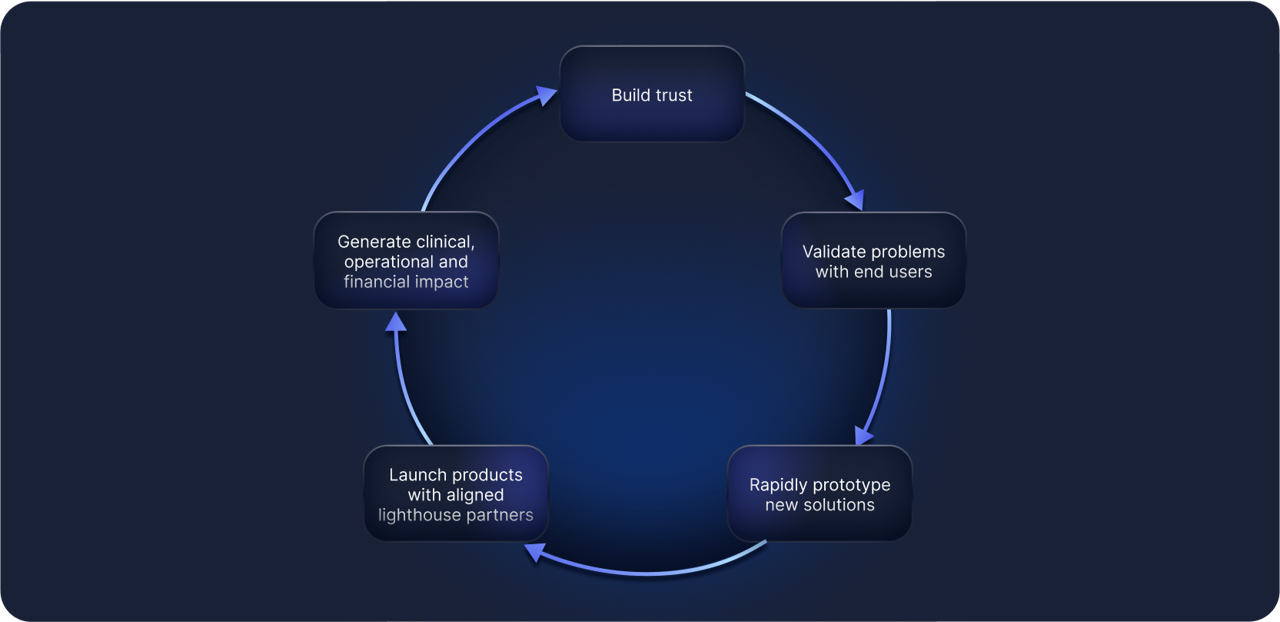
The Digital Consortium’s trust-first model has quickly yielded meaningful results:

Ascertain’s agentic AI platform streamlines payer and provider workflows, enabling care teams to work more efficiently and focus on patient needs. In a case management implementation with Northwell Health, the platform reduced user clicks by 80% and cut authorization submission time by 67%, significantly improving operational efficiency. These gains free nurses, case managers, and social workers to spend more time on patient care instead of administrative tasks.
Ascertain recently closed a $10 million Series A led by Deerfield Management, with participation from Northwell.

Avandra is building the largest federated network for medical imaging and clinical data, enabling faster discovery, development, and validation of new therapies and AI models. The platform cuts R&D timelines by up to 40% for pharma and biotech teams by providing curated, ready-to-use multimodal datasets—including CT, MRI, PET, and ultrasound—for trial design, patient stratification, and biomarker discovery. Organizations use Avandra’s expert team to accelerate HEOR studies, population-level research, and regulatory-grade AI model development.
The company launched with a $17.75 million initial financing co-led by Aegis Ventures and SpringRock Ventures, with participation from Memorial Hermann and Northwell, and has a deep pipeline of life sciences buyers expected to close in the near term.

Caregentic equips each patient with a 24/7 AI companion that guides them through their care journey—answering questions, prompting next steps, and keeping them engaged between visits. This constant support improves continuity of care, reduces clinician workload, and drives better outcomes. Across deployed programs, Caregentic has delivered a 65% improvement in patient retention, reduced clinician EHR administrative burden by 63%, and converted 59% of AI-engaged patients to in-person visits.
The company grew realized revenue by nearly 5x from 2024 to 2025, reflecting strong market momentum.

Hume AI develops empathic artificial intelligence that understands and responds to human emotional cues, enabling more empathetic, human-like interactions across healthcare and beyond. Its platform has doubled daily active users in voice-based mental health coaching compared to text-based systems and reduced administrative work in therapy settings by 40% through automated documentation and emotional expression tracking.
Backed by extensive emotion science, Hume AI is setting a new standard for AI that interacts with and supports human emotional well-being. The company raised $50 million in Series B funding led by EQT Ventures, with Northwell as an investor.

Optain provides non-invasive AI-enabled retinal screening tools that deliver results in under 60 seconds with over 90% accuracy across more than 10 diseases, including diabetes, glaucoma, AMD, and CVD. The technology improves screening adherence by removing referral barriers—critical in the U.S., where uptake is often below 50%—and increases reimbursement opportunities for providers through reimbursable CPT codes for annual screenings and preventive services. By expanding preventive reach across care settings, Optain helps close care gaps and detect disease earlier.
The company raised $26 million in an oversubscribed Series A led by Insight Partners, with participation from seven leading health system investors. Among them were Memorial Hermann, Northwell, Novant Health, The Ohio State University Wexner Medical Center, and UPMC. Together, these systems deliver care to 28 million patients across 25 states. Each will begin deploying Optain’s platform across their networks to expand screening access, close care gaps, and improve outcomes.
These accomplishments underscore how deeply rooted trust accelerates innovation, reduces friction, and delivers tangible impact.
